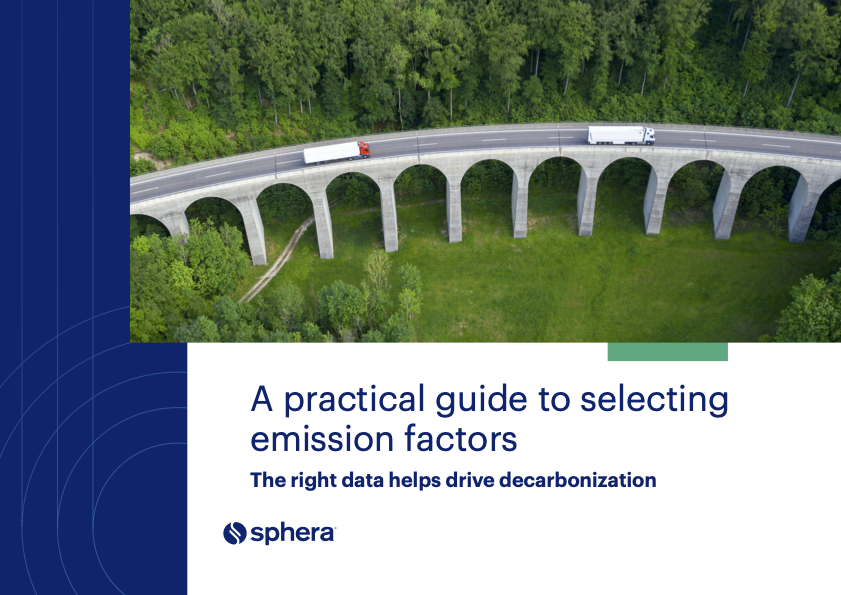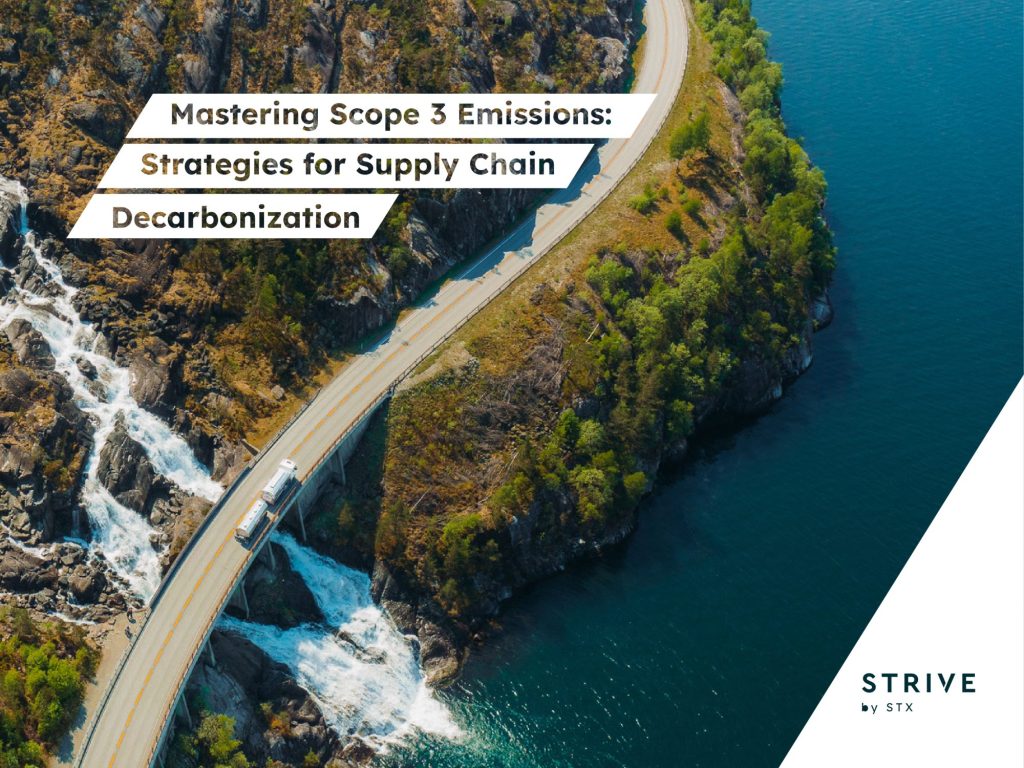What Keen learned from booting forever chemicals from its footwear
The company shared its playbook for eliminating cancer-linked PFAS chemicals years before laws required it. Now it’s turning to the next toxic target. Read More

-
Early investment in PFAS elimination offered a competitive edge in meeting tightening global regulations.
-
Keen hopes that openly sharing strategies and lessons helps other companies reform their supply chains.
-
PFAS phase‑out isn’t a one‑and‑done task. Companies must continually test, rethink product design and tackle other harmful chemicals, too.
When Keen Footwear phased out “forever chemicals” seven years ago, it was well ahead of bans that took hold this January in California and New York, as well as France and Denmark.
As new regulations drive global apparel and outdoor gear brands to rid supply chains of toxic water-proofing substances, Keen continues to share its detoxification tips with peers. And in May, the company released a short YouTube film (featuring actor Mark Ruffalo) to educate consumers about the PFAS chemicals, such as the per- and poly-fluoroalkyl substances linked to cancers, developmental delays and numerous diseases.
These “forever chemicals” can’t be destroyed nearly as easily as they spread to most landscapes and human bodies since emerging in the 1940s from the Manhattan Project.
Now, as Keen continues testing to prevent traces of PFAS from slipping back into sandals and hiking boots, it’s also trying to eliminate other harmful chemicals that pervade everyday products — toxic solvents. The Portland, Oregon, company ultimately wants all of its footwear to be free of the nastiest industrial chemicals.
Keen led the way on PFAS, according to Arlene Blum, executive director of the Green Science Policy Institute. In 2013, the Berkeley, California, nonprofit defined six classes of chemicals of concern that infiltrate consumer products worldwide. “I can’t say enough good things about Keen, but now everybody’s going to have to do it.”
“We didn’t want to keep this a secret, even if it could be seen as a competitive advantage,” said Lauren Hood, Keen’s senior sustainability manager, of its campaign against the chemicals. “We really wanted to bring the industry with us, because we’re not a huge brand, and so we don’t have as much impact on PFAS as the bigger brands.”
How Keen got rid of forever chemicals
Although some fashion businesses are scrambling to satisfy PFAS bans, others succeeded more than a decade ago, including H&M Group in 2013. Patagonia began in the mid-2010s and completed the work this spring. Like those other privately owned brands, Keen acted relatively quickly, according to Blum. It achieved zero PFAS in 2018 after four years of effort.
Early action on PFAS helped Keen build trust among both consumers and its industry, even if a direct impact on sales is unclear, Hood said.
With an estimated $341.9 million in annual revenue and about 1,000 employees, Keen has unusual control over manufacturing, much of which it owns in Kentucky, the Dominican Republic and Thailand.
Since 2014, the brand has invested 11,000 work hours and more than $1 million on its “Detox the Planet” initiative. That included building a chemicals management policy with a restricted substances list (RSL) targeting the six chemical classes: PFAS, certain flame retardants, hormone-disrupting plasticizers, antimicrobials, harmful solvents and certain metals.
In tests, Keen found PFAS in more than 100 parts of its shoes. The stuff wasn’t just in the water-resistant upper textiles, but also unnecessarily in plastic trim pieces and bottom components. Trimming that excess eliminated nearly 70 percent of Keen’s forever chemicals, according to the company.
Keen’s waterproof styles now use other durable water repellents free of PFAS. The chemicals, made by Rudolf and 3M (a longtime PFAS producer with plans to stop by 2026), don’t include sibling versions of PFAS. Some brands used other fluorinated chemicals, but the substitutes turned out to be just as harmful.
Although Keen does not detail its formulations, such alternatives typically use silicone, hydrocarbon or other polymer-based ingredients. The company hasn’t suffered major quality or affordability tradeoffs from the chemical swaps, according to Hood.
However, PFAS can still pop up in product testing. One culprit, for instance, can be the nonstick molds that suppliers use to cast shoe components.
“We’re trying to test as much as we can, because it’s definitely not a one-and-done situation,” Hood said. “You have to stay on top of it.”
New test methods detect minute traces of PFAS that previously would have gone undetected, which keeps companies on their toes, according to Nathaniel Sponsler, group director of AFIRM Group, an industry initiative that publishes a guide for tackling PFAS. (Based in Northern California, AFIRM stands for Apparel and Footwear International RSL Management.)
“Strict chemical restrictions directly undermine other major sustainability policy priorities such as textile recycling and product durability,” Sponsler said. “As circular economy and product durability policy frameworks take shape in various markets, I expect chemical restrictions — PFAS in particular — to cause more problems and ultimately compete with these other critical priorities.”
Chemicals, design and circularity
“The industry should be trying to reduce or minimize the use of all harmful chemicals,” said Avinash Kar, senior director of NRDC’s Toxics Campaign. “They should be asking themselves if there are safer alternatives and if the functionality produced by the chemicals is necessary for the product to perform its core function.”
As for all six classes of harmful chemicals, in 2018 Keen phased out PFAS as well as anti-stink antimicrobials and plasticizing bisphenols and phthalates. Heavy metals were gone in 2015. The company was free of certain flame retardants at its founding in 2003.
The last frontier is solvents. Unlike PFAS, solvents remain relatively under the regulatory radar despite being connected with cancers, reproductive harm and organ damage.
“Solvents are indeed the most challenging of the six classes as they are necessary for many steps in manufacturing,” Blum said.
By the end of this year, Keen seeks to be 20 percent free of problematic solvents, commonly found in the glues that hold shoes together, as well as in cleaners, inks and coatings. By 2030, the company seeks to abandon such solvents altogether.
One strategy is glue-free shoe construction, a technology called Keen Fusion, which applies heat and pressure to fuse the outsole of a shoe to its upper part. That solid bond also prevents shoes from coming apart at the sole’s edges. In addition, Keen has tweaked footwear designs to sidestep the need for water-resistant chemicals, such as an internal booty that keeps feet dry.
“Keen is very focused on durability,” Hood said, “making sure our products live the longest life they can and have multiple owners and stay a shoe for as long as they can be a shoe.”
















